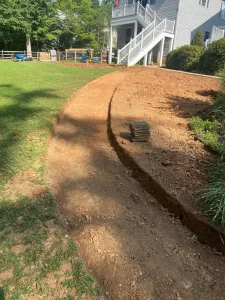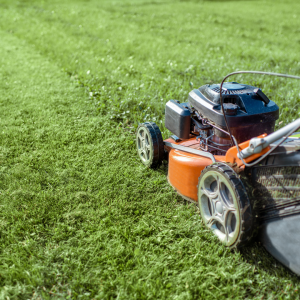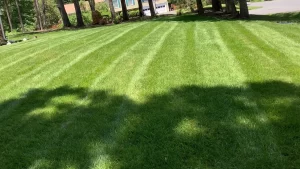Are there bushes or hedges on your property that are getting out of control? Trimming shrubbery is an important task that not only keeps your landscape neat and tidy, but improves its overall health. Even so, many property owners are unsure of how often to trim shrubs — let alone when to do it. Keeping your landscape plants well-pruned is a bit more nuanced than simply taking the hedge trimmer out whenever you feel your plants are becoming unruly.
Most hedges and shrubs benefit from heavy pruning once a year. Major pruning keeps them in shape, encourages new growth, and allows light air to reach the plant. Pruning the same shrub in winter or early spring can have different outcomes; if you prune a flowering shrub at the wrong time of year, you risk damaging it or missing out on a year’s worth of blooms.
Here’s what you need to know about when you should have your shrubs trimmed:
Winter Is Usually the Best Time
If you reside in an area with distinct winters, the time when shrubs have lost their leaves and become dormant is an opportune time to prune them. Without the leaves, you can easily see the shrub’s branching structure and determine what to cut. Dormant pruning is typically done in late winter, 6-10 weeks before the average last frost in your area.
If necessary, different types of shrubs can be pruned at any time of year. For example, to remove broken, dead, or diseased branches or to remove growth obstructing a walkway. However, when you prune a leafed-out shrub, it’s more difficult to see what you are doing. Pruning during the growing season also presents a more substantial risk of spreading diseases and could cause unwanted flushes of growth.
Do Not Prune Shrubs in Winter That Bloom in Spring
Pruning shrubs that bloom in spring during the winter means you’ll be cutting off the flower buds that make for a grand spring bloom! The time to prune spring-flowering shrubs is shortly after they have finished blooming, before it forms the following year’s flower buds. Pruning in winter will not harm the plan, but it will reduce spring flowering. If a shrub is overgrown, you may need to prune it in winter anyway. It will not bloom that year — or at least, not as much — but it will return to full form the following spring.
Not All Evergreen Trees Are Alike
Prune most evergreen shrubs — including yews, boxwoods, and junipers — in very early spring before their new growth begins. The only time you can control pine growth is in the spring, when new growth appears as “candles” at branches’ ends. You can pinch back one-half to one-third of each. Do not cut into the branches, though; pines cannot form new growth from a cut branch.
Shear Formal Hedges When New Growth Starts
If you have formal shrubs that you shear with a power hedge trimmer or pruning shears that create a smooth surface, wait until new growth is well underway in spring. This allows plants to recover. Shear hedges once or twice more during the season, and allow for an interval of six to eight weeks for sheared plants to recover.
Do you need help identifying shrubs in your yard and advice on when to prune them? Turn to our team! Our professional shrub trimming and design & build landscaping services ensure your property is pristine all year round. For more information, contact us today!




